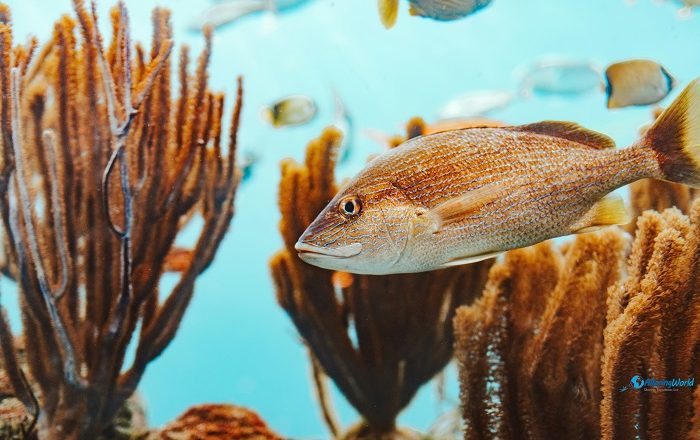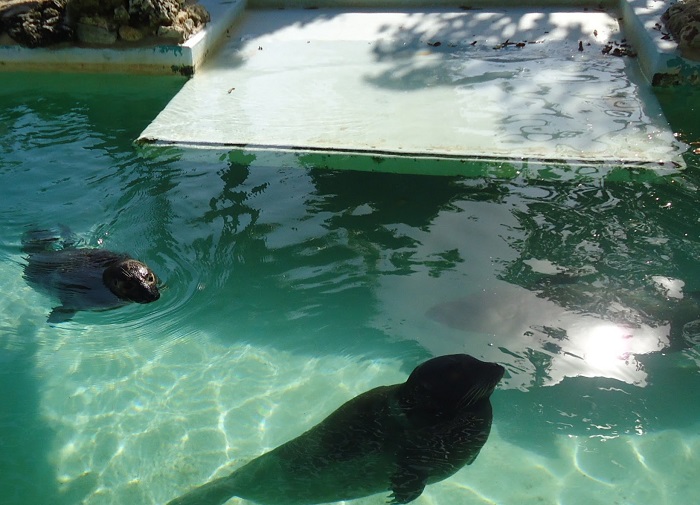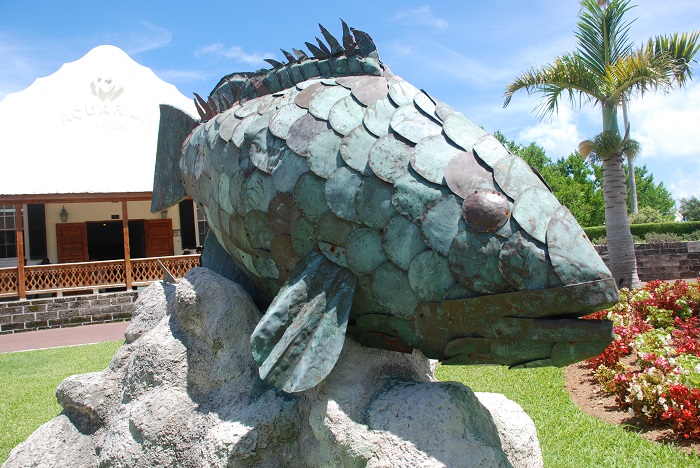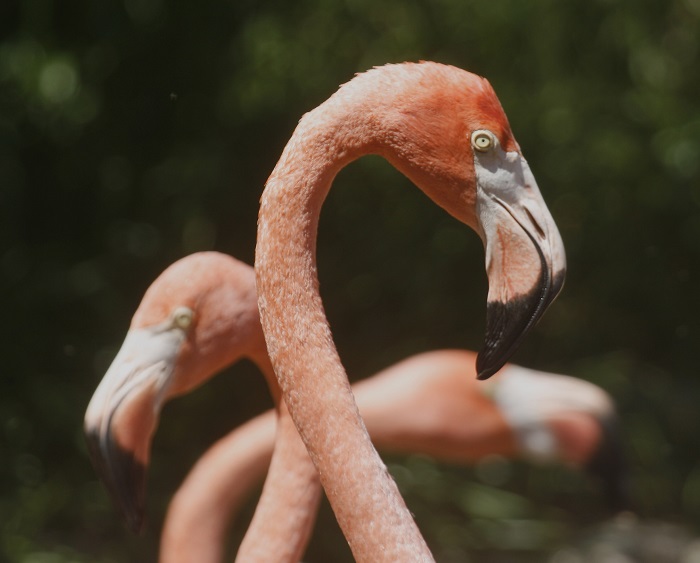The Bermuda Aquarium, Museum, and Zoo, commonly known as BAMZ, is a very significant museum located in the small settlement of Flatts Village, which can be found on the southern bank of Flatt’s Inlet in Hamilton Parish, within the geographic center of the British Overseas Territory in the North Atlantic Ocean, Bermuda. BAMZ is considered to be one of the island’s most cherished institutions and a very important stop for anyone who would like to understand the unique natural heritage of Bermuda. The location where the institution is located was deliberately chosen for its access to marine environments and its central position on the island, making it accessible for visitors while being closely tied to the natural world it represents.

The origins of the Bermuda Aquarium, Museum, and Zoo date back to 1926, when the facility was first established. The Bermuda Government was the lead instigator of the creation, with strong encouragement from the first director of this important institution, the naturalist Louis L. Mowbray. Because he had a profound interest in marine biology and conservation, he was instrumental in shaping BAMZ into a pioneering institution for the study of tropical and subtropical marine species. His vision was to provide a place where residents and visitors could learn about the extraordinary biodiversity of Bermuda’s waters, while also fostering a spirit of stewardship for the environment.

The decision to create BAMZ in the 1920s reflected the scientific curiosity and the great recognition of Bermuda’s role as a crossroads in the Atlantic. Coral reefs surround the island, which is one of the northernmost in the world, and its exact location makes it an ideal place to study species from both temperate and tropical zones. By founding an aquarium and zoo together with a natural history museum, the Bermuda Government and Louis Mowbray sought to educate the public while also supporting research into ecosystems that were, at the time, only beginning to be adequately documented.
When BAMZ first opened its doors in 1926, it was immediately recognized as a very unique place because it displayed living coral reef environments, something that was rarely attempted elsewhere at the time. This innovation allowed visitors to see firsthand the delicate balance of species that exist in reef ecosystems, and it helped generate appreciation for the need to protect such habitats. Over the years, the facility has expanded and modernized, but it has never lost sight of this founding principle: to present the natural world engagingly and educationally.
Still, one of the most central attractions of BAMZ is the aquarium section, because it contains a wide variety of different marine species, with a strong emphasis on those found in and around Bermuda’s reefs. Visitors can see vibrant corals, colorful reef fish, and larger creatures such as groupers, barracudas, and parrotfish. Perhaps one of the highlights of each visitor is the 140,000-liter (37,000-gallon) North Rock tank, and this tank recreates an entire reef ecosystem, something that would transport you underwater and give you a glimpse of the underwater paradise. In this massive display, you can see how sharks swim alongside schools of tropical fish, and the constant motion of the water mimics the currents of the open sea. Other exhibits highlight mangrove habitats, deep-sea species, and pelagic organisms that pass through Bermuda’s waters. Each tank is carefully curated to show only the beauty of the species and their role in maintaining ecological balance.
ADVERTISEMENT
In addition to this, the museum component of BAMZ adds historical and scientific depth to the experience because each visitor can learn more about the geological formation of the Bermudian islands, the cultural relationship between the island and the sea, and the current challenges of conservation in a rapidly changing environment. All these exhibits include collections of fossils, artifacts linked to maritime history, and displays that further highlight how the island’s ecosystems interact. To top it all, the museum also emphasizes the importance of migratory marine and avian species such as whales, turtles, and birds. All of these important species use Bermuda as a critical stopover point in their life cycles, and continue their life journey to the south of the islands.
The zoo section, though smaller in size compared to prominent metropolitan zoos, offers a carefully designed experience with animals from island habitats around the world. The collection focuses on species from areas with ecosystems similar to Bermuda’s, such as Madagascar, the Caribbean, and the Galápagos Islands. Flamingos, lemurs, tamarins, and tortoises can be found in outdoor enclosures that are arranged to mimic their natural environments. The philosophy here is not to display animals but instead to promote an understanding of how they survive in fragile ecosystems and what can be done to protect them.
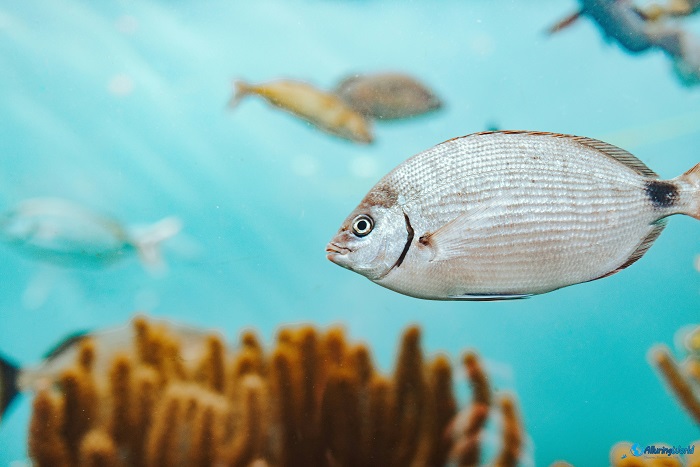
Furthermore, BAMZ is also profoundly engaged in conservation and research efforts. One of the most important initiatives is the Bermuda Turtle Project, which was launched in 1968 to study and protect the green turtle populations that forage in Bermuda’s seagrass beds. Since then, the project has been internationally recognized, thus providing valuable data on migration patterns, growth rates, and threats to turtles across the Atlantic. Similarly, the facility researches coral reef health, marine pollution, and invasive species, all of which are pressing issues for Bermuda’s environment.
If you would like to visit BAMZ, getting there is quite straightforward. Because Flatts Village is located along the island’s main road, the site is well served by Bermuda’s bus network, taxis, and rental scooters. The bus routes 10 and 11 pass right next to the museum, so you can jump on one of these buses and plan a day with each of its sections. Its location between the island’s capital city of Hamilton and St. George’s, which is a UNESCO World Heritage Site, makes it an easy addition to a day’s itinerary. Once there, you will be welcomed by the tranquil setting of Harrington Sound and the colorful buildings of the aquarium complex, which blend harmoniously with the coastal scenery.
Opened year-round, with all facilities being opened at 9 h in the morning, you can enjoy this majestic place until 17h in the evening, and there is a small entrance fee of $10. There are certain holidays, such as Christmas, when the site is closed; however, you can always check BAMZ’s official website for some additional updates. As the institution caters to all ages, there are educational programs, guided tours, and interactive activities for children, families, school groups, and tourists alike. All these visitor groups who find their way here are discovering that the experience is rewarding, due to its combination of entertainment with education. In addition, there is also a gift shop and a café, which further enhance the experience, hence allowing visitors to enjoy a full day at the attraction without needing to leave the grounds.

An often overlooked but significant aspect of BAMZ is its role in the local community. As it is one of the most visited places in the overseas territory, BAMZ functions too as an educational resource for the local Bermudians, since it hosts workshops, lectures, and outreach programs which are aimed at fostering environmental awareness. For many schoolchildren, a visit to BAMZ is their first introduction to the wonders of marine biology and conservation, and it often sparks a lifelong interest in the natural sciences. Due to the longstanding history of the organization, from 1926 until 1978, BAMZ was financed by the Bermudian Government; however, since then, it has been supported by the Bermuda Zoological Society, which has had the specific goal of supporting BAMZ.
Nevertheless, the importance of BAMZ today is in the ability to connect science and the general public, while it demonstrates that conservation is not an abstract concept but a tangible effort that requires the help of the community, their involvement, and international collaboration. In conclusion, the Bermuda Aquarium, Museum, and Zoo stands as a testament to one person’s vision and the determination of the Bermuda Government a century ago. Starting in 1926 and continuing to its present-day role, mainly seen as a leader in conservation and education, BAMZ has managed to keep its goals and purpose, and it has remained faithful to its mission of celebrating and protecting the natural world. While offering visitors a rare chance to see marine and island ecosystems up close, and even learn about the significance behind them, BAMZ simply reflects the importance and raises awareness that we must protect and preserve them, and reflect on the importance of preserving them for future generations. With its unique combination of aquarium, museum, and zoo, BAMZ is an attraction like no other, and it is an institution that embodies Bermuda’s enduring connection to nature and its commitment to safeguarding it, which continues to attract more visitors.

